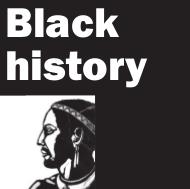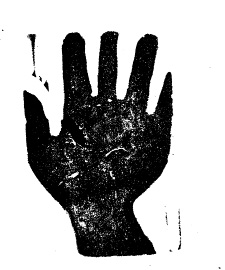 Goals:
Goals:
- A 21.5 percent wage increase to match the inflation rate
- An end to the austerity measures, including layoffs and spending cuts
- A stop to the privatisation of state-owned companies, including telephone, gas, oil, and electricity.
The union leaders achieved their main demand to increase wages. They were partially successful in pressuring the government to agree to delay and review their austerity measures and plans to privatise state companies, though they did not receive promises to stop plans entirely.
In January 1997, the Colombian government under president Ernesto Samper declared a state of economic crisis. They planned to cut spending, increase taxes and reduce wage increases in order to reduce the budget deficit, which had reached $4.4bn in 1996. They developed additional plans to privatise industry, including selling state-owned mining and electrical companies. President Samper had previously supported social welfare programmes and labour unions but said that the austerity measures were necessary because there was simply no money available.
In February 1997, union leaders announced that they were planning a nationwide strike. The government responded by stationing army troops and security forces at airports, roadside checkpoints, and entrances to the capital, Bogotá.
On 11 February 1997, at least 800,000 workers and public employees from multiple industries walked out on their job to begin a nationwide work stoppage. Teachers shut down schools and universities. Public transit workers walked out, leaving traffic gridlocked. Hernando Hernandez, head of the oil workers’ union, said that oil workers were on strike and that production was cut by more than one-half at Ecopetrol, the state oil company.
Health workers joined, paralysing hospitals. Telecommunications operators, coroners, judiciary workers, prison guards, state bank and utility workers walked out as well. Airlines were forced to ground flights from Bogotá before Valentine’s Day, which seriously hurt the nation’s flower industry.
On 11 February itself, about 30,000 workers marched on Bogotá’s historic Plaza Bolivar. Security forces made about 40 arrests, on ‘terrorist charges’. Workers marched on the capital again on 13 February.
Victory in a week
The United Labour Federation (CUT) led the work stoppage. The Workers Confederation of Colombia (CTC), the General Confederation of Democratic Workers (CGTD), and the National Federation of State Workers (FENALTRASE) supported the strike and agreed to take major labour action if the negotiations had failed. They demanded a 21.5 percent wage increase to match the inflation rate, an end to the austerity measures, and a stop to the privatisation of state companies. They rejected the 13.5 percent wage increase that president Samper offered.
Government officials stated that union leaders and workers were operating with drug dealers and leftist guerrilla fighters. Though the Revolutionary Armed Forces of Colombia (FARC) and the National Liberation Army (ELN) were waging an armed struggle with the government at the time, there is no evidence that the union leaders worked with the revolutionaries. However, the revolutionary leaders announced their support for the workers’ strike and independently called for an armed struggle.
“800,000 workers and public employees walked out to begin a nationwide work stoppage.”
The CUT president Luis Eduardo Garzón denied the government’s accusations that the strike was infiltrated with drug traffickers and guerrilla fighters and claimed the government was trying to stigmatise the unions.
On 17 February, union leaders threatened to shut down more key oil companies and call on private industries to join in solidarity. They also planned to bring in workers from around the country for a massive march in Bogotá. Government officials and union leaders continued their negotiations for about 30 hours.
On 18 February, the government agreed to many of the union demands. They promised a 20 percent increase in salary for public workers. They also set up bilateral commissions to promote trade union rights and to study social security reforms. They also agreed to create a commission to analyse the consequences of privatising the state-owned telephone, gas, oil, and electricity companies, thus delaying plans to open these industries up to private competition. These agreements marked a significant win for the unions.
Influences:
The Ecuadorian general strike that overthrew president Bucaram earlier in February 1997 influenced the Colombian campaign, though the Colombian unions never made explicit demands for the removal of president Samper.
Success in achieving specific demands/goals: 4 points out of 6
Survival: 1 point out of 1
Growth: 2 points out of 3
Total points: 7 points out of 10


